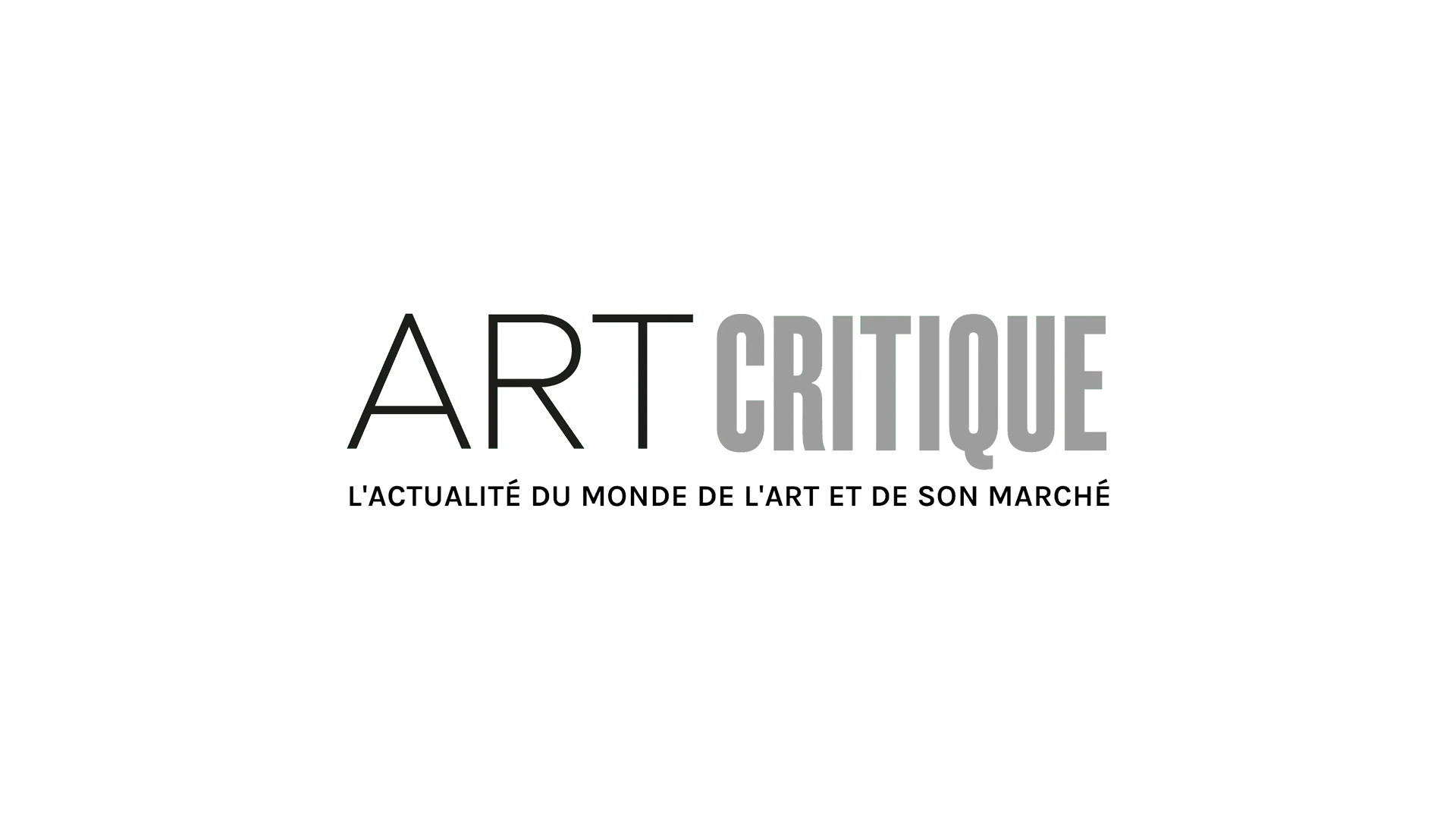A set of five artworks by Gustave Caillebotte (1848-1894) now grace the walls of the Musée d’Orsay. Though little known, the works of art show an intimate side mainly because of their subject matter and provenance. The artworks were a gift given to the museum by Marie-Jeanne Daurelle, the great-granddaughter of Jean Daurelle, Caillebotte’s butler and the subject of some of the paintings.

The works went on view at the museum on September 2nd after Marie-Jeanne, who recently passed away, left the works to the museum. The gift, which consisted of three paintings and two pastels, to the Musée d’Orsay came as a bit of a surprise but a welcome surprise at that. When a curator from the museum visited Marie-Jeanne’s small Paris flat, they found it with its shutters drawn – ‘everything was dark,’ they said. However, Sylvie Patry, deputy director of curatorial affairs and collections for the museum told Le Parisien ‘We opened [the shutters] and the light streamed in and I discovered three paintings in the sitting room, two pastels in the bedroom by the television.’ The paintings, she added, were hung simply ‘like family photos,’ and they were the only significant artworks that Marie-Jeanne, an executive secretary, owned.
Prior to the donation, the museum owned only seven works of art by Caillebotte, who, as the museum states, was an Impressionist for his choice in subject matter rather than technique. The timing of the donation comes right as the artist’s works set his record at auction when Chemin Montant sold for $22 million at Christie’s earlier this year. Marie-Jeanne, though, had staved off offers to buy the works she had, opting to keep them for herself. Perhaps, it was because of the sentimentality of the works. Two of the paintings feature her Jean, her great-grandfather who sat for Caillebotte, while the pastels feature Jean’s son and Marie-Jeanne’s grandfather, Camille. The last of the paintings is a landscape. In the 1880s, Caillebotte included the two pastels of Camille in an exhibition of his works.
In the 1860s and 1870s, Jean’s father was working as a long sawyer when Jean was sent to Paris to work as a servant. It was then that he became employed with the Caillebotte family, whose lives were not unlike that of those in Downton Abbey, according to Le Parisien. Due to his relationship with Caillebotte, Jean’s son, Camille was able to rise in status eventually becoming an attorney.
In an interview with The Times, Laurence des Cars, director of the museum, said the donation was ‘extremely touching.’ She continued: ‘this brings us in direct contact with the end of the 19th century, thanks to the attachment of the artist to a servant and his family across the social barriers of the time.’
The recently gifted artworks are on view at the Musée d’Orsay in Room 31, the Impressionist Gallery, alongside other works by Gustave Caillebotte.





